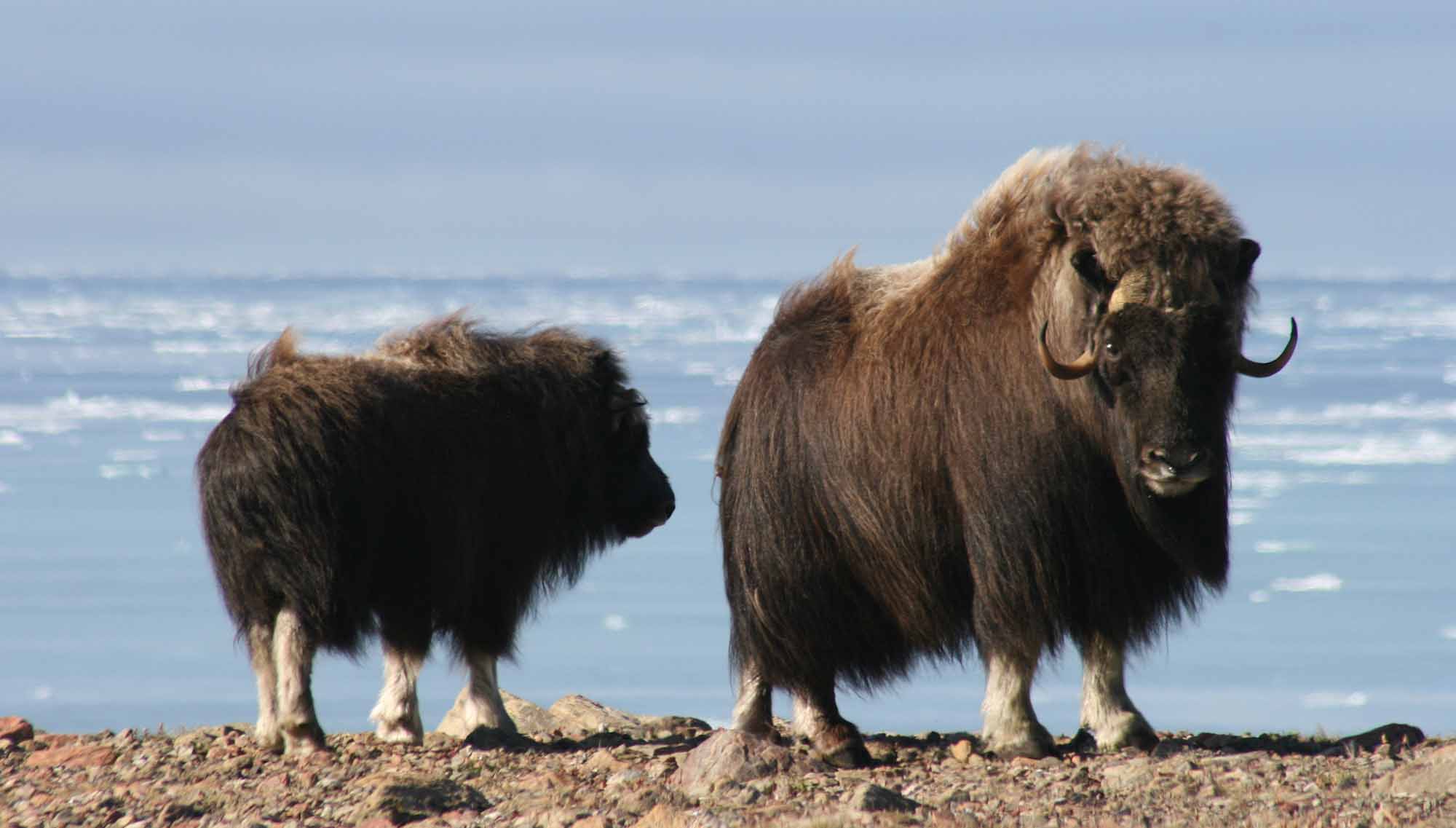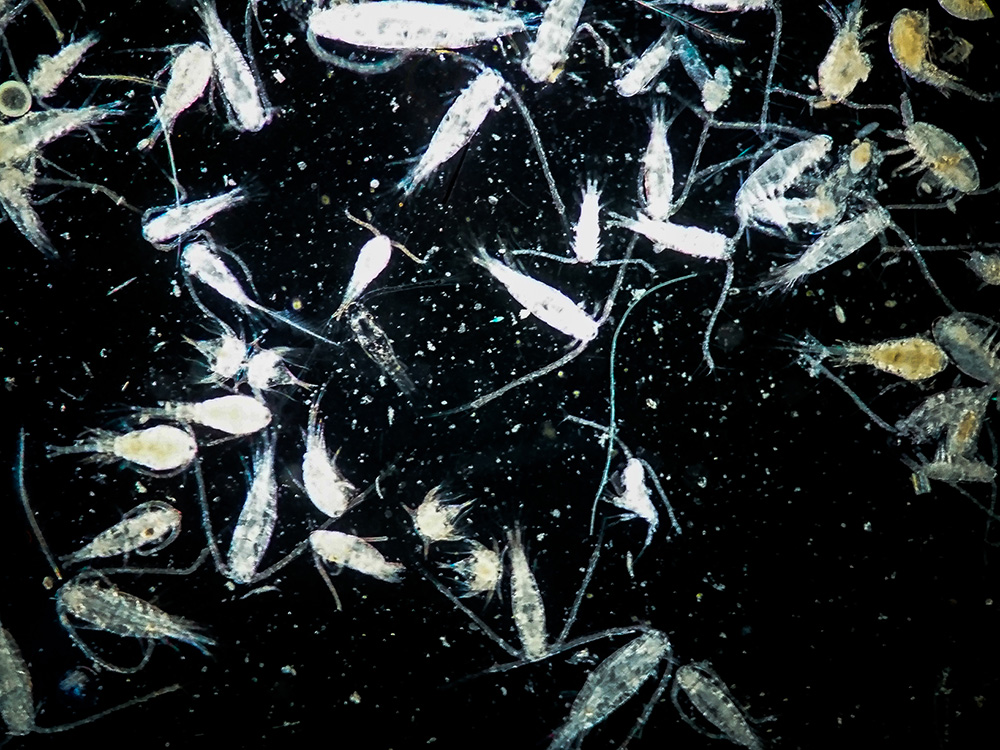Article
Wolves in Canada
Wolves (genus Canis) are the largest wild member of the dog family. One species exists in Canada, the gray wolf (Canis lupus), with five different subspecies: the Arctic wolf (Canis lupus arctos), the Coastal wolf (Canis lupus crassodon), the Plains or Timber wolf (Canis lupus nubilus), the Northwestern wolf (Canis lupus occidentalis), and the Eastern wolf (Canis lupus lycaon). However, wolf taxonomy continues to be debated within the scientific community, and the Eastern wolf is often also categorized as its own species (Canis lycaon) or even a subspecies of the more southern red wolves (Canis rufus lycaon). Wolves are considered a keystone species and are highly ecologically important to many landscapes.










